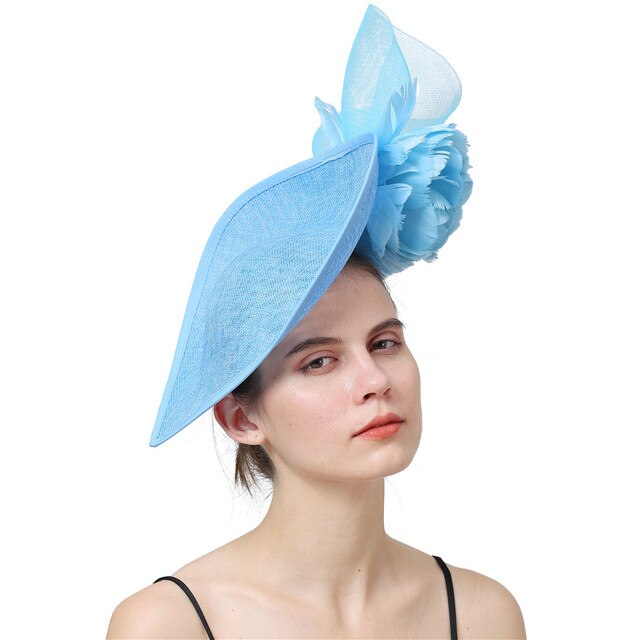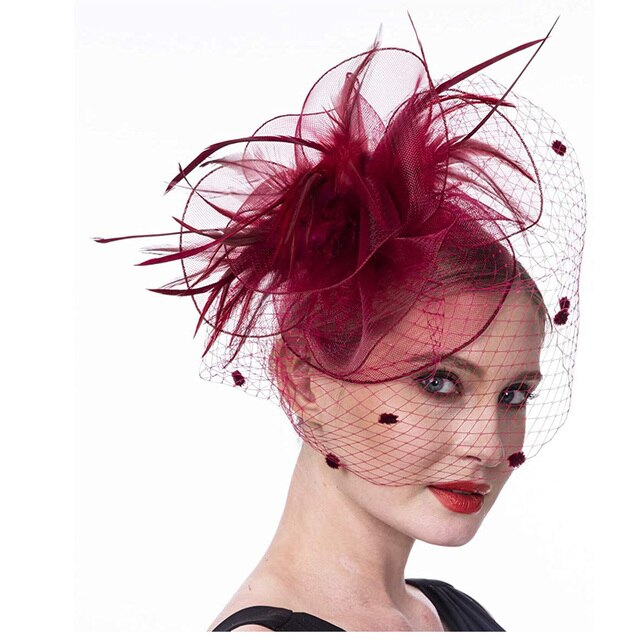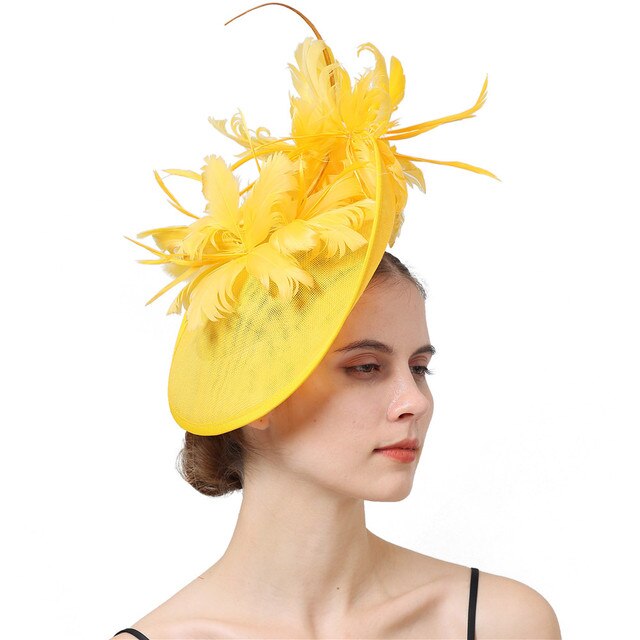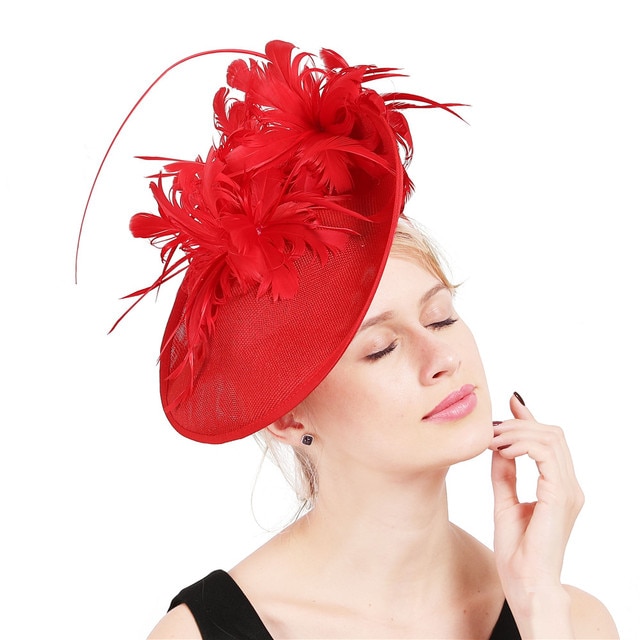
When it comes to classic and chic headwear, women have an array of stylish options to elevate their fashion game. Bowler hats, berets, and fascinator hats exude timeless elegance and offer versatile choices for various occasions. Let’s explore the charm and sophistication of these iconic hats, perfect for adding a touch of flair to any outfit.
1. Bowler Hats for Women: Classic and Confident
Bowler hats, also known as derby hats, have a rich history dating back to the 19th century. These iconic hats gained popularity as symbols of sophistication and empowerment, especially for women breaking societal norms. Today, bowler hats continue to captivate fashion enthusiasts with their rounded crown and short brim.
Discover a curated collection of bowler hats for women at Chic Bowler Hat. From traditional wool felt styles to modern variations in various colors, bowler hats are versatile accessories that complement both casual and formal ensembles.
2. Berets for Women: Effortless and Chic
Berets are renowned for their effortless and chic appeal, often associated with French fashion and artistic flair. These soft, round hats sit delicately on the head, adding a touch of sophistication to any outfit. Berets are a symbol of self-expression and individuality, making them a popular choice among women worldwide.
Explore an exquisite collection of Shop here! at Chic Berets. From classic black and neutral tones to bold and vibrant hues, berets offer endless styling possibilities for every season and occasion.
3. Fascinator Hats: Glamorous and Alluring
These are a true statement of glamour and allure. These small, decorative headpieces are often adorned with feathers, beads, and lace, adding a touch of drama and elegance to formal events such as weddings, cocktail parties, and race days. These are designed to be eye-catching, making them the perfect choice for women who want to make a bold fashion statement.
Explore an enchanting selection of fascinator hats. With a variety of styles and designs, these offer a captivating addition to your special occasion attire.
Elevate Your Style with Iconic Hats
Whether you’re aiming for a classic and sophisticated look or a touch of glamour and individuality, bowler hats, berets, and fascinators provide endless possibilities to elevate your style. These hats are not only fashionable but also express your personality and complement your unique taste.
From the timeless charm of bowler hats to the chic elegance of berets and the captivating allure of intricately designed headpieces, each category offers something special. Embrace the versatility and allure of these iconic hats and make a lasting impression on any occasion.
Exuding Confidence and Charm
One of the most remarkable aspects of these iconic hats is the sense of confidence and charm they bring to the wearer. When donning a bowler hat, women exude an air of authority and empowerment, harkening back to its historical association with breaking societal norms. Berets, on the other hand, add a touch of nonchalant elegance and Parisian chic to any outfit, making women feel effortlessly stylish. These with their intricate designs and eye-catching embellishments, capture the essence of glamorous allure and captivate attention wherever they go.
Versatile Styling for Any Occasion
Another advantage of these headwear options is their versatility, allowing women to experiment with different styles for various occasions. Bowler hats offer a polished and refined look suitable for both formal and casual settings. Pair a bowler hat with a tailored suit for a sophisticated business attire or wear it with a flowy dress for a contemporary and trendy ensemble.
Berets, with their timeless charm, complement any outfit effortlessly. They can be paired with jeans and a cozy sweater for a laid-back weekend look or matched with a dress and heels for a chic night out.
These add a touch of drama and opulence to special events and celebrations. Whether attending a wedding, a gala, or a horse race, this is sure to turn heads and leave a lasting impression.
Embracing Tradition and Fashion-Forward Statements
Incorporating these iconic hats into your wardrobe is not just a nod to tradition but also a celebration of fashion-forward style. While bowler hats and berets have a historical significance that spans generations, they continue to be timeless pieces that seamlessly blend with modern trends.
On the other hand, provide a fresh and contemporary take on headwear. They showcase the fusion of artistic creativity and individuality, allowing women to express their unique personalities through these eye-catching headpieces.
Conclusion: Embrace Elegance with Iconic Headwear
As the world of fashion continues to evolve, some styles withstand the test of time, and hats have proven to be timeless accessories that never go out of style. Bowler hats, berets, and fascinators embrace elegance, sophistication, and individuality, making them cherished additions to every fashion-forward woman’s wardrobe.
Find the perfect hat to express your personal style and elevate your fashion game. Whether you opt for the classic appeal of a bowler, the chic flair of a beret, or the glamorous allure of an intricately designed headpiece, these iconic accessories are sure to make a fashionable statement and leave a lasting impression wherever you go. So, indulge in the world of iconic hats and let your elegance and charm shine through with every stylish step you take.



